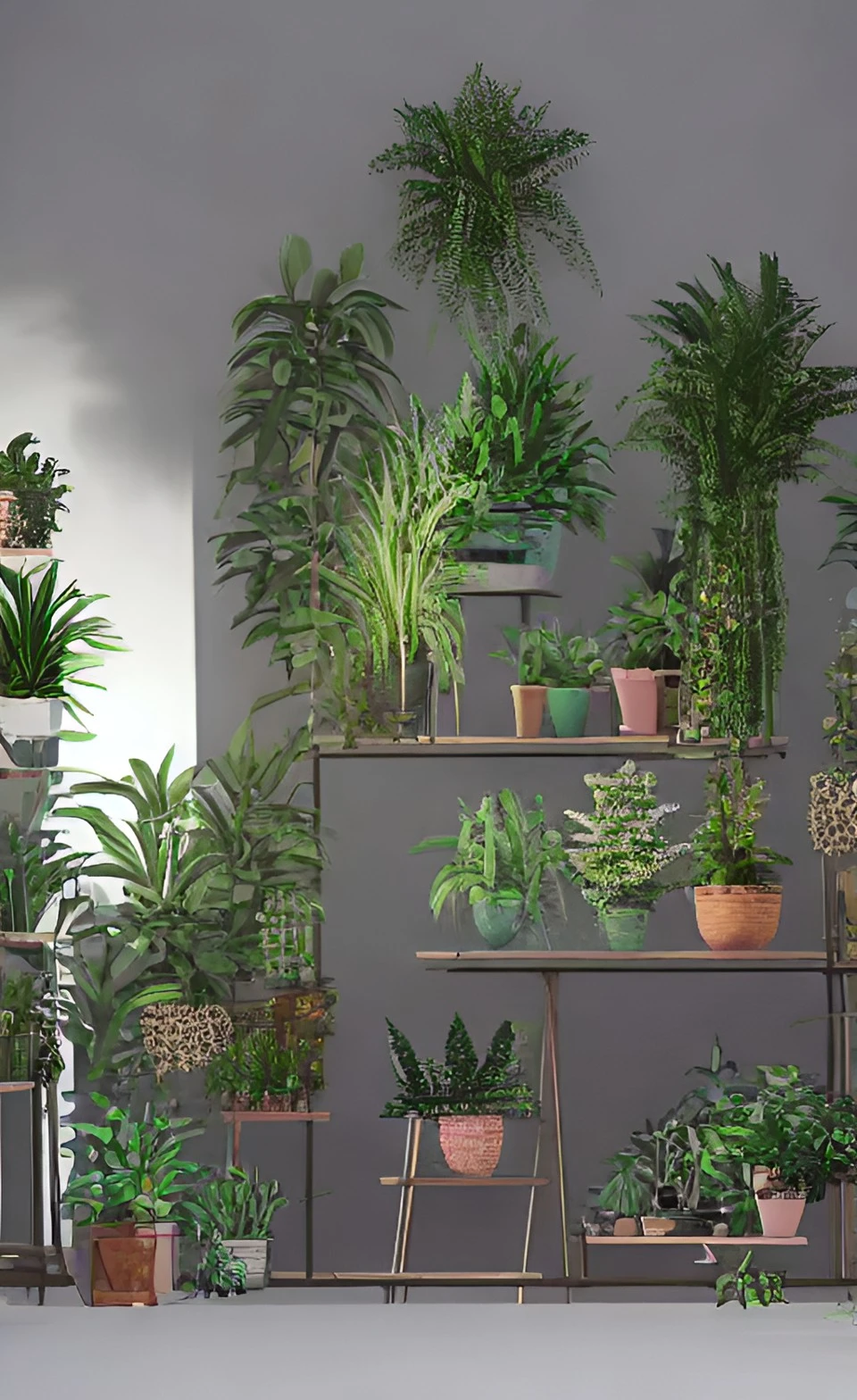I have two led strips used for 2x27" monitor bias lighting. Each have their own USB cables for power. These two USB cables are plugged into a 2-port wall charger for a phone. I would like to use a 2x female to 1x male adapter to join the two USB cables into one, then plug it into a much smaller 1-port USB wall charger. The reason is due to my space constraints.
Will doing this impact its energy efficiency, ie using an adapter like this?


I’m slightly confused by your question. Are you trying to power two thingies off a twofer adapter, or are you trying to multiplex something?
It sounds like you’re just trying to do power so:
See how much each strip draws (either via data sheet of amps per meter times 0.69, or measure it) and if that amount exceeds the capacity of the adapters you want to use, it’ll either not work or shorten the life of the gizmos (or if it’s really cheap crap or you’ve gone way the heck over the capacity of any component it might catch fire a bit).
Note the current on the datasheet wont be linear per length, but for 27” chonks if should be close enough.
Edit: I see now your LEDs are 3V. Personally I’d recommend replacing them with 12 or 24V, or at least 5V to run properly on the 5V thing you’re plugging them into. Why did you go with 3V product?
I am assuming the LEDs are white (blue with yellow phosphor), which always have a roughly 3V voltage drop, this is just a physical fact. Some chips like those in LED bulbs have several LEDs in series for a voltage drop of 6/9/12/15/18 V but this is not the case here.
The vast majority of 5V strips have no step-down switching power supply (aka constant current buck converter) to reduce 5 V from the power rails to 3 V, instead just driving the LEDs with a resistor in series – it drops 2 V and if it’s a 100Ω resistor (usually labeled “101”), it lets 20 mA to the LED as per Ohm’s law. In practice, multiple LEDs are often in parallel to one resistor to save cost, in which case the current divides among them.
The strip may be RGB, in which case the LED voltages are 🔴1.8 V 🟢2.4-3.0 V 🔵3 V and pretty much the same applies. There may be an external controller but it usually just uses PWM to pulse the 5V rail of each color rather than adjusting the current. Individually cntrollable LED strips have a chip driving each LED, and there is just one power rail and serial data line between them.
By the way, the resistance of the strip’s power rails may be significant. If this is the case, do this: https://www.youtube.com/watch?v=wCsDZK0tJvU&t=393
Wow awesome, thank you for the info and resources! I have to follow the links later but I really appreciate the reply.
I don’t think OP’s strips have pixel control since in my experience you wouldn’t have a separate USB power line that bypasses the controller like OP is describing, but now am curious and hope they follow up.